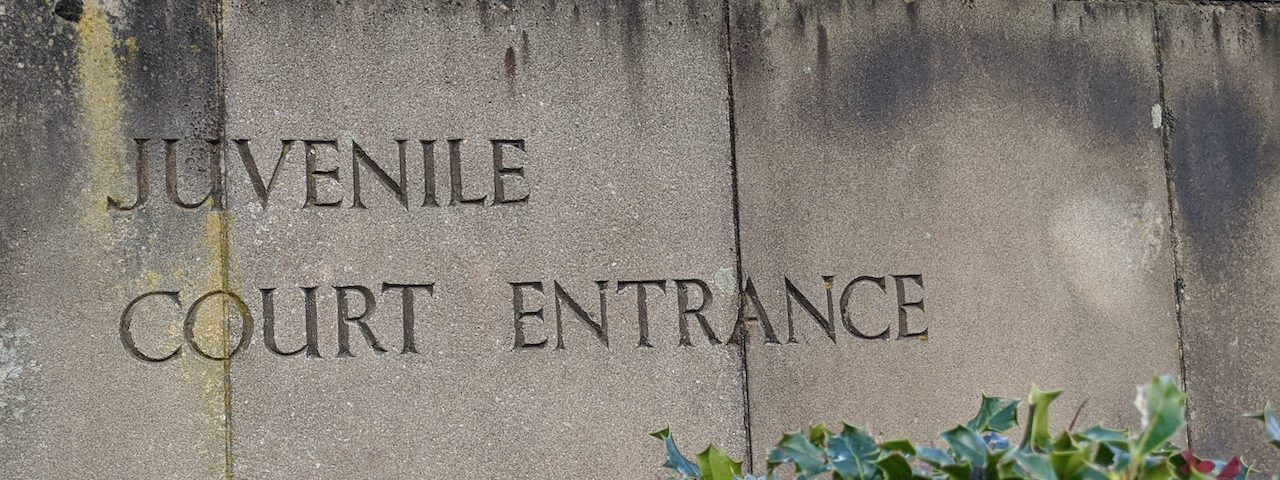
Recent Juvenile Justice Initiatives Highlight Three Areas for Continued Focus
As communities continue to struggle with the effects of the COVID-19 pandemic, it is important to reflect on what this challenging time has revealed about the barriers and opportunities facing juvenile justice systems. Three key priority areas, detailed below, are more critical than ever to advance public safety, reduce racial and ethnic disparities, and improve outcomes for youth.
Priority Area 1: Diverting Youth from Juvenile Justice System Involvement
As a result of COVID-19, juvenile arrests and court referrals have dropped precipitously in many communities, raising important questions about why such diversion practices were not adopted previously and whether they can be sustained.
Last year, we produced first-of-its-kind research that challenges jurisdictions to reconsider whether juvenile justice system involvement is an appropriate response to typical adolescent behaviors such as truancy. We examined the effects of system involvement and community supervision on youth school attendance in South Carolina and found that youth attendance not only didn’t improve but got worse.
We have also partnered with a number of states through our Improving Outcomes for Youth (IOYouth) initiative to support their efforts to reduce youth contact with the juvenile justice system. Example reforms include:
- Colorado Jared Polis signed the Juvenile Justice Reform Act in 2019, which requires the establishment of a statewide diversion system, including the use of risk and needs screening tools to guide diversion decisions.
- Connecticut passed legislation requiring a statewide plan to establish alternatives to arrest for low-level delinquency offenses, particularly targeting the disparate system involvement of youth of color.
- North Dakota overhauled its juvenile justice code, including decriminalizing all status offenses and creating a new legal category of cases, Children in Need of Services, and restricting these youth from being arrested, court involved, or detained/incarcerated.
As some communities begin to see an increase in violent offenses committed by youth, it’s more important than ever that jurisdictions divert low-risk youth out of the juvenile justice system so resources can be concentrated on addressing the risk and needs of the highest-risk youth.
Priority Area 2: Reducing Reliance on Residential Placements and Improving Service Delivery Systems
The pandemic further highlighted the human and financial costs of incarcerating young people and the ability of jurisdictions to reduce reliance on detention and incarceration. It also drew attention to continued racial and ethnic disparities in the use of out-of-home-placement and the lack of robust, high-quality community-based alternatives, particularly in communities of color and rural areas.
Through our IOYouth initiative, we have worked with states to apply a data-driven approach to assessing their juvenile justice systems, which has helped them identify, adopt, and implement policy, practice, and funding changes that can keep more youth safely in the community and improve service outcomes. Example reforms include:
- Colorado restricted the statewide use of detention for family, behavioral health, self-harm, or any other reasons not directly related to public safety.
- North Dakota eliminated the use of detention or state custody due to a technical violation of probation. The state also established working groups to expand alternatives to detention and provide evidence-based services for higher-risk youth in the community.
- The Connecticut Support Services Division launched an intensive process to increase service completion rates and outcomes, including considering changes to its service continuum, procurement and contracting processes, and approach to family engagement. The work in the state also includes the development of an Equity Dashboard to evaluate whether system and service decisions are being made more equitably because of reforms.
Over the next year, we will continue our deep dive into Indiana’s juvenile justice system. We also recently launched IOYouth in Hamilton County, Ohio, and have partnered with the Michigan Taskforce on Juvenile Justice Reformto conduct an unprecedented statewide system assessment. In each jurisdiction, we will pilot new approaches to ensure that IOYouth includes a focus on equity and meaningfully incorporates the perspectives of the youth and families most impacted by the system.
We are also embarking on an ambitious new project to reconceptualize juvenile probation. Despite progress, most probation agencies are oriented around condition setting, monitoring, and enforcement. Communities are likely to continue struggling to substantially improve service delivery systems, system equity, public safety, or youth/family/community outcomes without fundamentally rethinking these rule- and surveillance-based approaches.
Priority Area 3: Improving Educational and Employment Outcomes for Justice-Involved Youth
The economic downturn caused by the COVID-19 pandemic has disproportionately impacted employment rates for youth and young adults, particularly Black youth and young adults. Further, due to having a juvenile record, millions of youth and adults, disproportionately people of color, face structural barriers to school and work that threaten their ability to take part in an inclusive economic recovery.
- Our new research shows that, in many cases, state policies are often part of the problem, rather than the solution, to mitigating these structural barriers. Now is the time for policymakers and state juvenile justice, education, and employment leaders to enact sensible statutory changes to ensure that people with a juvenile record can pursue their educational and employment goals unencumbered by the mistakes of their youth.
- For the remainder of the year, we are partnering with legislative leaders in Oregon and Colorado to support statutory reforms for the 2022 legislative session that will reduce structural barriers to school and work for people with a juvenile record.
Visit our website for more information and resources, including our updated guide on how states and local communities can use American Rescue Plan funding to advance juvenile justice reforms.
Photo credit: Richard Oldroyd via Shutterstock
ABOUT THE AUTHOR











